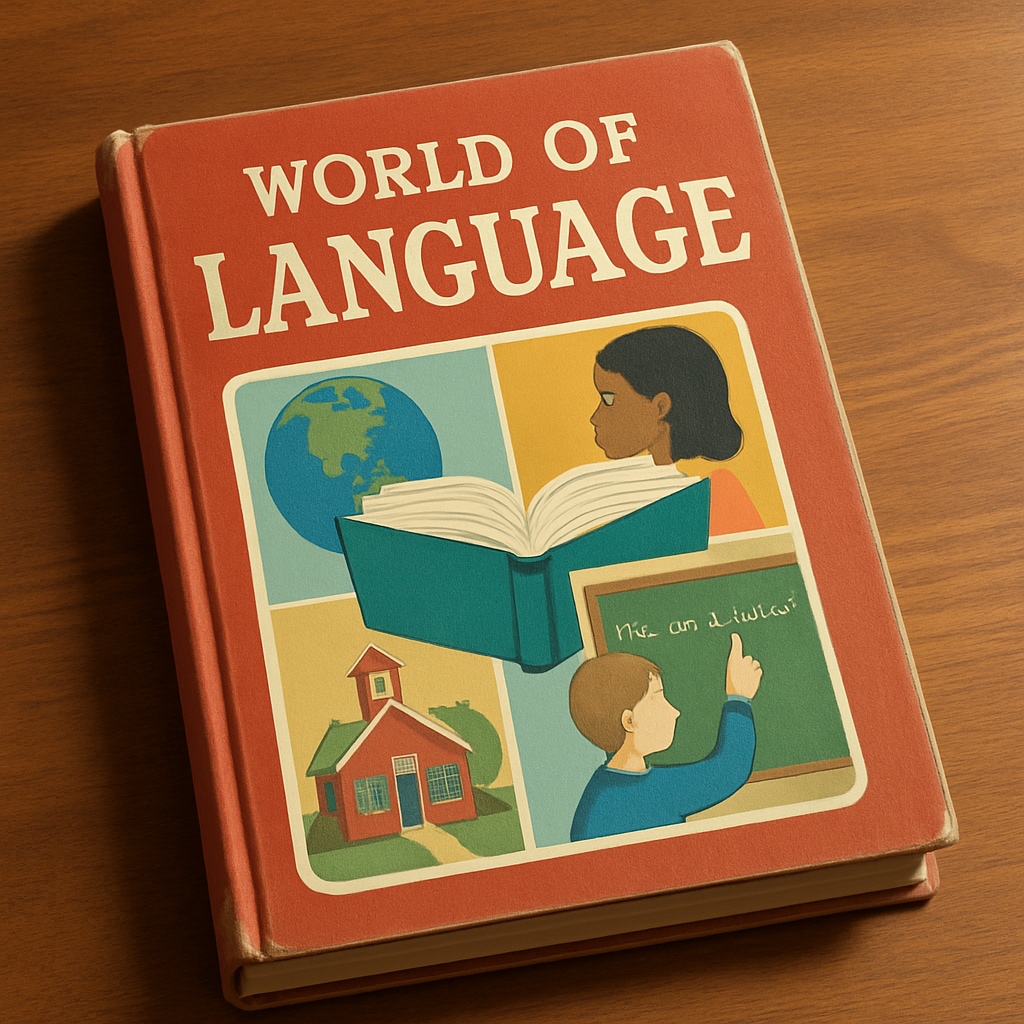In the realm of elementary education, few textbooks have left as profound an impact as the World of Language series. Once a staple in American classrooms, this collection of language teaching materials stood out for its innovative approaches and thoughtful design. Though largely forgotten in modern curricula, revisiting World of Language reveals valuable lessons that can inform contemporary educational strategies and inspire a renewed appreciation for classic pedagogical methods.

The Legacy of World of Language in Elementary Classrooms
During its peak usage, World of Language was celebrated for its ability to engage young learners in the complexities of language. Unlike many modern textbooks, which often prioritize standardized testing preparation, World of Language focused on fostering creativity, critical thinking, and an intuitive understanding of grammar and vocabulary. For example, its exercises included storytelling prompts, word puzzles, and interactive group activities that encouraged collaboration and independent thought.
Moreover, the textbooks appealed to diverse learning styles. Visual learners benefited from colorful illustrations and diagrams, while kinesthetic learners thrived with hands-on exercises that required active participation. This holistic approach to education is strikingly absent from many contemporary materials, which often lean heavily on rote memorization and digital tools.
What Modern Textbooks Can Learn from World of Language
While technology has revolutionized education, many modern textbooks could benefit from revisiting the principles that made World of Language so effective. For instance, the series emphasized contextual learning, wherein students were taught grammar and vocabulary in real-world scenarios. This approach not only made lessons more engaging but also ensured long-term retention of concepts.
Another standout feature was the textbook’s ability to nurture a sense of curiosity. Instead of presenting language as a rigid set of rules, World of Language framed it as a dynamic and exciting system of communication. Activities often encouraged exploration, such as asking students to invent their own sentences using newly learned vocabulary or analyze poetry to discover grammatical patterns.

Challenges of Implementing Classic Approaches Today
Despite its many strengths, incorporating the methods of World of Language into modern classrooms presents certain challenges. For one, the growing reliance on digital tools means that tactile, paper-based learning may be underappreciated. Additionally, the push for data-driven results often sidelines creative exploration in favor of predictable outcomes.
However, educators can strike a balance. Integrating the storytelling and contextual learning elements of World of Language into digital platforms could rejuvenate language education. Tools like interactive apps or virtual reality environments could replicate the immersive experiences that once set the series apart.
A Final Reflection on World of Language
As the education landscape continues to evolve, revisiting past successes like World of Language offers a chance to reflect on what truly matters in teaching. While modern methods undoubtedly bring advantages, the foundational principles of engagement, creativity, and curiosity remain timeless.
In an era where textbooks are often dismissed as outdated relics, World of Language stands as a testament to the enduring power of thoughtful pedagogy. Its lessons remind us that the heart of education lies in inspiring students to love learning—a goal that transcends time, technology, and trends.
Readability guidance: This article uses concise paragraphs and accessible language to ensure clarity. Lists and examples are included to summarize key points, while transitions (e.g., “however,” “for example,” “therefore”) maintain logical flow.


